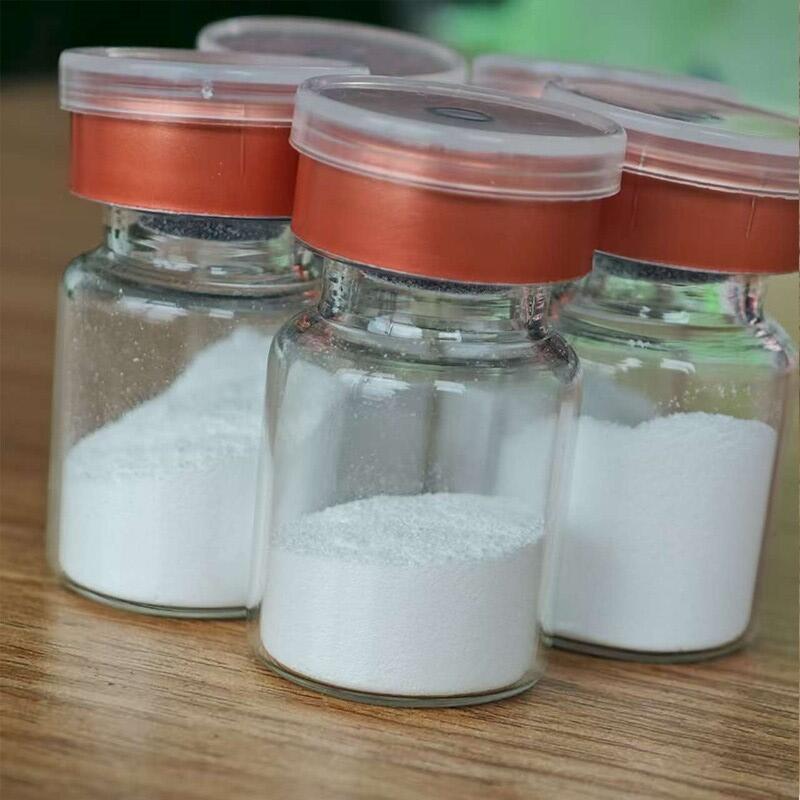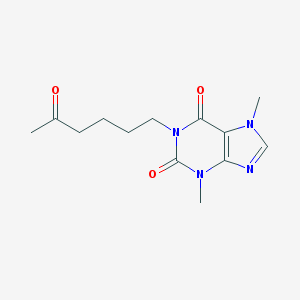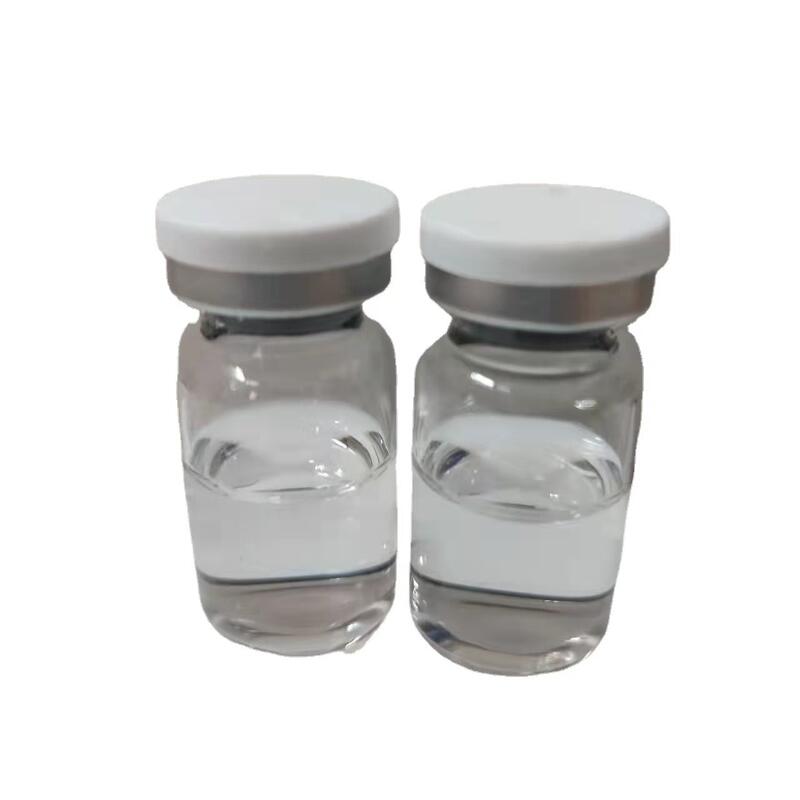-
Categories
-
Pharmaceutical Intermediates
-
Active Pharmaceutical Ingredients
-
Food Additives
- Industrial Coatings
- Agrochemicals
- Dyes and Pigments
- Surfactant
- Flavors and Fragrances
- Chemical Reagents
- Catalyst and Auxiliary
- Natural Products
- Inorganic Chemistry
-
Organic Chemistry
-
Biochemical Engineering
- Analytical Chemistry
-
Cosmetic Ingredient
- Water Treatment Chemical
-
Pharmaceutical Intermediates
Promotion
ECHEMI Mall
Wholesale
Weekly Price
Exhibition
News
-
Trade Service
The Production Process of 6-Bromo-2-chloro-8-cyclopentyl-5-methylpyrido[2,3-d]pyrimidin-7(8H)-one in Chemical Industry
Introduction:
6-Bromo-2-chloro-8-cyclopentyl-5-methylpyrido[2,3-d]pyrimidin-7(8H)-one, also known as BC819.
45, is an important intermediate in the synthesis of several pharmaceutical drugs, agrochemicals, and dyestuffs.
The demand for this compound has been increasing in recent years due to its wide range of applications in various industries.
Therefore, the production process of BC819.
45 has become a topic of great interest in the chemical industry.
In this article, we will discuss the production process of 6-bromo-2-chloro-8-cyclopentyl-5-methylpyrido[2,3-d]pyrimidin-7(8H)-one in detail.
We will start by discussing the raw materials required for the production of BC819.
45 and then move on to the various steps involved in the production process.
Raw Materials:
The production of BC819.
45 involves the use of several raw materials, including 2-bromo-6-chloropropyltetrahydrofuran, sodium hydride, and dimethylformamide.
These raw materials are used as reagents in the synthesis of BC819.
45.
It is important to note that the use of high-quality raw materials is critical to the production of a high-quality final product.
Synthesis of BC819.
45:
The synthesis of BC819.
45 involves several steps, each of which is critical to the production of a high-quality product.
The steps involved in the synthesis of BC819.
45 are as follows:
Step 1:
The first step in the synthesis of BC819.
45 involves the reaction of 2-bromo-6-chloropropyltetrahydrofuran with sodium hydride in the presence of dimethylformamide.
This reaction results in the formation of an intermediate compound, which is then isolated and purified.
Step 2:
In the second step, the intermediate compound formed in step 1 is subjected to a series of chemical reactions that result in the formation of BC819.
45.
This step involves the use of several chemical reagents and catalysts to achieve the desired product.
Step 3:
The final step in the synthesis of BC819.
45 involves the isolation and purification of the product.
This step is critical to the production of a high-quality final product, as it ensures that the product meets the required purity standards.
Quality Control:
Quality control is an essential aspect of the production process of BC819.
45.
It involves a series of tests and measurements to ensure that the final product meets the required purity standards and specifications.
The quality control process includes tests for physical and chemical properties such as melting point, solubility, and chromatography.
These tests are critical to ensuring the safety, efficacy, and quality of the final product.
Conclusion:
The production process of BC819.
45 involves several steps, each of which is critical to the production of a high-quality final product.
The use of high-quality raw materials and strict quality control measures are essential to ensuring the safety and efficacy of the final product.
The demand for BC819.
45 is increasing in recent years due to its wide range of applications in various industries.
Therefore, the production process of BC819.
45 is of great interest to the chemical industry.
By understanding the production







